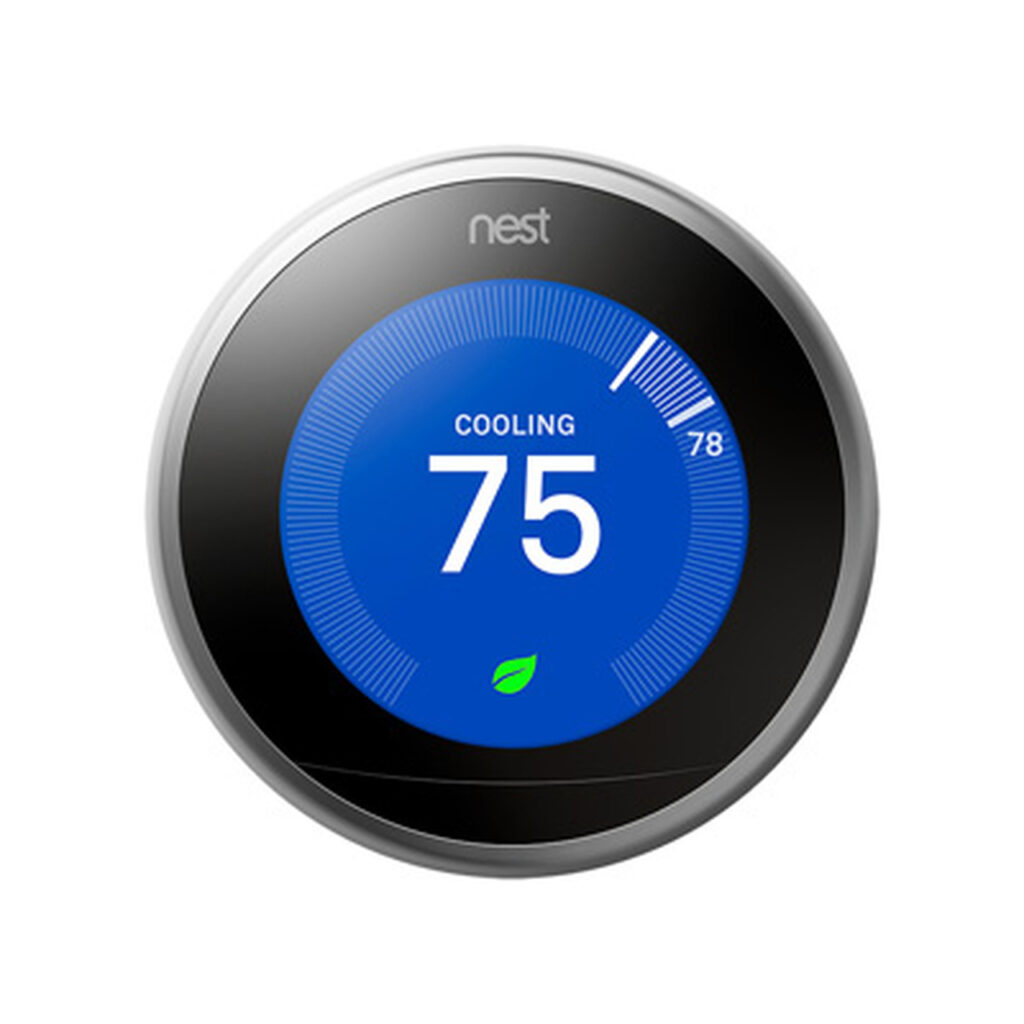In the battle against the winter chill, a home heating unevenly can leave you shivering in one room while sweating in another. If you find yourself wondering, “Why isn’t my home evenly heated?” fear not – we’re here to unravel the mysteries behind this common issue and provide practical solutions for a warmer, more comfortable living space.

1. Check Your Thermostat Settings:
The first step in troubleshooting uneven heating is to examine your thermostat settings. Ensure it’s set to the desired temperature and set to the “heat” mode. If you have a programmable thermostat, double-check the schedule to ensure it aligns with your daily routines. A properly calibrated thermostat is the foundation of a well-regulated heating system.
2. Evaluate Airflow and Ventilation:
Blocked or closed vents can disrupt the balance of heated air throughout your home. Take a walk through each room to ensure vents are open and unobstructed by furniture or curtains. Additionally, check for leaks or gaps in your ductwork that may be allowing warm air to escape before reaching its intended destination.
3. Inspect and Replace Air Filters:
A clogged or dirty air filter is a common culprit behind uneven heating. Over time, filters accumulate dust and debris, hindering airflow and causing some rooms to feel colder than others. Regularly inspect and replace your air filters to maintain optimal performance and ensure even heat distribution.
4. Balance Your Heating System:
Your HVAC system is designed to evenly distribute air throughout your home, but imbalances can occur. Check the dampers in your ductwork – these adjustable plates control the airflow to different areas. Balancing your HVAC system by adjusting the dampers can help ensure a more consistent temperature in every room.
5. Consider Zoning Heat Systems:
If you frequently face temperature discrepancies between rooms, investing in a zoning system might be the solution. Zoning allows you to control the temperature independently in different areas of your home, ensuring comfort tailored to each room’s unique needs. Consult with a heating and cooling professional to explore the feasibility of zoning for your home.
6. Assess Your Insulation:
Inadequate insulation can lead to heat loss, making some rooms cooler than others. Check for drafts around windows and doors, and consider upgrading your insulation if needed. Proper insulation not only enhances energy efficiency but also promotes consistent warmth throughout your home.
7. Inspect Your Heating System:
An aging or malfunctioning heating system can contribute to uneven heating. Regular maintenance is key to identifying and addressing potential issues before they escalate. If your heating system is outdated, consider upgrading to a more energy-efficient model to improve overall performance and ensure even heating.
8. Optimize for Smart Heating:
Embrace the power of smart technology to achieve a more balanced and efficient heating system. Smart thermostats allow you to control temperatures remotely and create personalized schedules, optimizing your HVAC system for comfort and energy savings.
A cold and unevenly heated home is a challenge no one wants to face during the winter months. By implementing these troubleshooting tips, you can uncover the reasons behind uneven heating and take steps to restore warmth and comfort to every corner of your living space. From thermostat adjustments to HVAC system balancing, addressing these issues will not only keep you cozy but also contribute to energy savings. If you find that DIY solutions don’t resolve the problem, don’t hesitate to enlist the expertise of a trusted heating and cooling professional. A warm and evenly heated home awaits – take the first step towards a cozier winter today.
